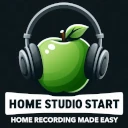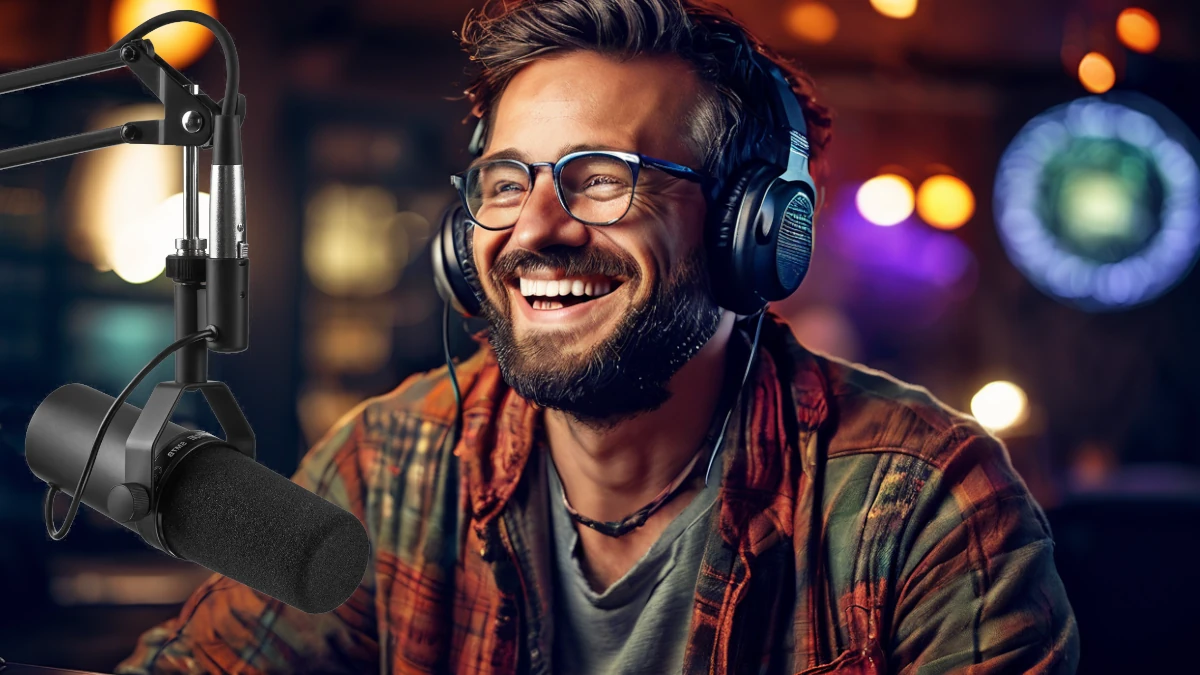Welcome to the exhilarating world of podcasting, where your voice has the power to spark conversations, spread ideas, and create communities! Picture this: You’re in your makeshift studio, headphones on, mic ready, adrenaline pumping as you prepare to share your thoughts with the world. But wait—how do you ensure every word, every nuance, and every captivating moment is captured with crystal-clear sound? If you’re a budding podcaster buzzing with excitement yet unsure where to start, you’re in the right place. This guide is brimming with essential recording tips that will elevate your podcast game and set you apart from the rest. Whether you’re dreaming of deep dives into history, lively discussions about pop culture, or inspirational interviews, these recording tips will ensure your voice is not just heard, but remembered. Keep reading to unleash your podcasting potential!
1. Choosing the Right Equipment
Embarking on your podcasting journey can be as thrilling as it is daunting, especially when confronted with the myriad of equipment choices. Selecting the right gear is crucial for ensuring your podcast sounds professional and resonates with your audience. Let’s break down the essentials.
Microphones: The Podcasting Heartbeat
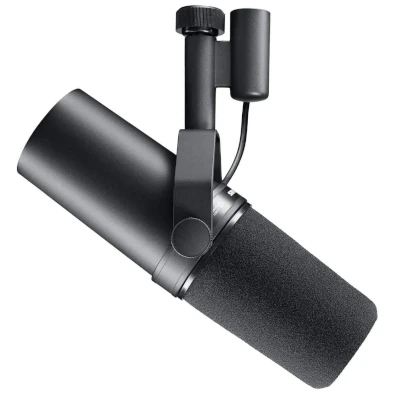
Microphones are the cornerstone of your setup. For beginners, USB microphones like the Blue Yeti offer a great balance between quality and ease of use. These plug-and-play options allow you to record high-quality audio without needing additional interfaces. If you’re aiming for studio-quality sound, consider an XLR microphone like the Shure SM7B, favored by many professional podcasters for its rich sound and noise rejection capabilities.
Headphones: Your Sound Quality Assurance
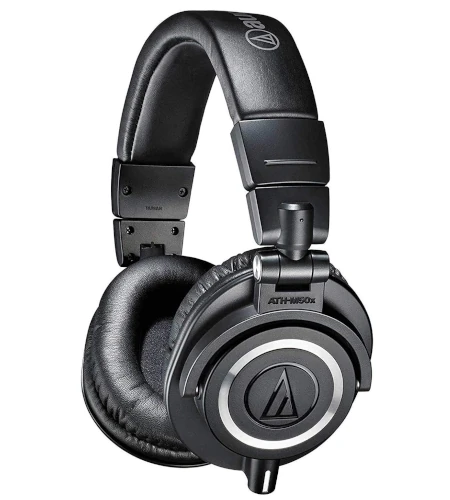
Monitoring your audio accurately is a must. Invest in a decent pair of closed-back headphones, such as the Audio-Technica ATH-M50X. These headphones not only offer comfort during long recording sessions but also ensure you catch any background noise or audio discrepancies during editing.
Audio Interface: The Bridge Between Analog and Digital
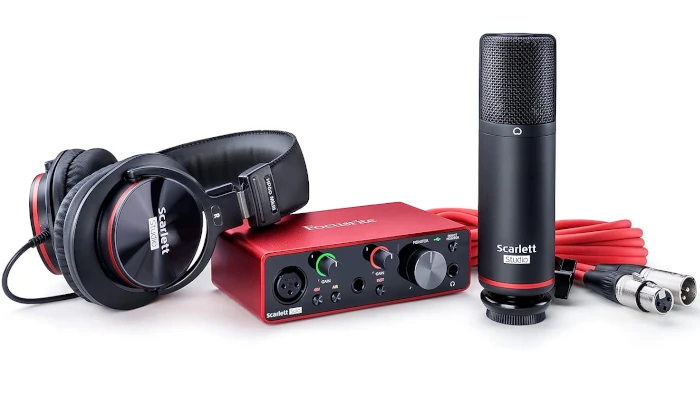
If you opt for an XLR microphone, an audio interface is necessary. The Focusrite Scarlett Solo is a popular choice for its reliability and user-friendly features. This device converts your microphone’s analog signals into digital signals that your computer can understand, enhancing your overall sound quality.
Choosing the right equipment doesn’t have to break the bank, but it should reflect your commitment to delivering clear, engaging content. Remember, the best equipment allows your voice and message to shine through, connecting you with your audience in meaningful ways.
2. Setting Up Your Recording Space
Creating a cozy and effective recording space is crucial for every budding podcaster. An optimal environment not only enhances audio quality but also streamlines your production process. Let’s dive into some practical tips to set up a space that works for you.
Choose the Right Location
First off, find a quiet location. Your recording area should be free from background noise. Think of spaces like a spare room or a basement. Remember the time when Sarah, a new podcaster, decided to record in her bustling kitchen? It was a nightmare! With clattering dishes and humming appliances, her audio was almost unusable. Learning from her experience, choose a tranquil spot to avoid similar mishaps.
Consider Acoustics
Next, let’s talk acoustics. Bare walls can cause echoes, making your recordings sound unprofessional. To avoid this, you can use thick curtains, rugs, or even acoustic panels. Take it from Mike, who transformed his living room with just a few strategically placed panels, achieving studio-like sound quality.
Furniture and Equipment Arrangement
Arranging furniture smartly can also aid in sound absorption. Position your desk away from walls, and use bookshelves filled with books as a makeshift sound barrier. Have your microphone set at mouth level and about 6-12 inches away to ensure clear audio capture. Jane, another podcaster, swears by her comfy chair and adjustable mic stand, which allows her to record for hours without strain.
In conclusion, a dedicated recording space is a game-changer for any new podcaster. By selecting a quiet location, optimizing acoustics, and arranging your setup thoughtfully, you’ll be well on your way to producing top-notch audio content. Remember, a little effort in setting up your space can lead to a significant improvement in your podcast quality!
3. Mastering Audio Recording Software
Stepping into the world of podcasting, mastering audio recording software is like discovering a hidden superpower. This tool can transform your raw voice recordings into polished, professional-sounding episodes. Whether you’re a tech-savvy individual or someone who’s just starting out, understanding your software will elevate your podcast game.
Choosing the Right Software
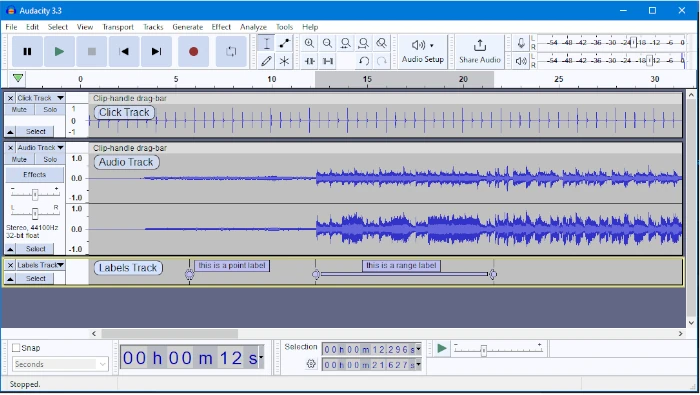
Firstly, selecting the right software is crucial. Options like Audacity, GarageBand, and Adobe Audition cater to different needs and budgets. Audacity, for example, is free and user-friendly, making it a popular choice for beginners. GarageBand is great for Mac users who want an easy-to-navigate interface. For those ready to invest, Adobe Audition offers advanced features for more intricate editing.
Getting to Know Your Tools
Once you’ve chosen your software, dive deep into its features. Spend time learning shortcuts and exploring tutorials on platforms like YouTube. For instance, understanding how to use noise reduction tools can significantly enhance audio clarity by minimizing background noise. Additionally, using EQ (equalization) adjustments can balance frequencies, ensuring that your voice sounds clear and crisp.
Practical Tips for Efficient Editing
Efficiency is key when editing your podcast episodes. Utilize features like keyboard shortcuts to speed up the editing process. For example, in Audacity, pressing ‘R’ starts recording immediately, while ‘Spacebar’ pauses playback. Try batch processing to apply the same effect to multiple files simultaneously, saving you precious time.
Ultimately, the goal is to make your podcast sound as professional as possible. By mastering your audio recording software, you not only enhance the quality of your content but also streamline your workflow, making podcast production a more enjoyable experience. Remember, practice is your best friend here—spend time experimenting, and don’t be afraid to make mistakes as they are invaluable learning opportunities.
4. Developing a Consistent Sound and Style
Establishing a consistent sound and style is crucial for new podcasters aiming to stand out in a crowded market. Much like a musician’s signature sound, your podcast’s audio fingerprint should be immediately recognizable to listeners. This consistency not only builds a loyal audience but also reinforces your brand identity.
Understanding Your Style
First, identify what you want your podcast to be known for. Is it the engaging storytelling, the high-energy interviews, or the relaxed, conversational tone? Listen to popular podcasts within your niche to understand varied styles and pinpoint what resonates with you. For instance, if you admire the narrative style of Serial, consider how their use of music and pacing adds to the storytelling. This doesn’t mean copying, but rather drawing inspiration to craft your unique style.
Creating a Sound Profile
Next, develop your podcast’s sound profile. This involves selecting the right equipment and mastering techniques that complement your style. For example, a podcast focusing on intimate, personal stories might benefit from a close-miking technique using a condenser microphone to capture nuances in the speaker’s voice. Experiment with different recording setups and post-production effects to find what best suits your content.
Consistency in Production
Consistency in production values is equally important. Ensure each episode maintains a uniform audio quality by setting standard levels for sound effects, music, and voiceovers. Tools like EQ and compression can help maintain this balance. Additionally, creating a template session in your digital audio workstation (DAW) with pre-set levels and effects can streamline the editing process, ensuring every episode sounds polished and professional.
By focusing on developing a consistent sound and style, you establish a recognizable brand that attracts and retains listeners. Remember, your podcast’s unique audio identity is a powerful tool in differentiating your content and fostering a dedicated audience.
5. Troubleshooting Common Recording Issues
Stepping into the podcasting world can feel like navigating a maze, especially when technical hiccups rear their ugly heads. But fear not! With some straightforward troubleshooting, you can keep your recording sessions smooth and frustration-free.
Background Noise
One of the most common issues new podcasters face is unwanted background noise. Whether it’s the hum of a fridge or the distant chatter of coffee shop patrons, these sounds can distract your listeners. To tackle this, consider recording in a quiet, carpeted room and using a pop filter to minimize plosives. Additionally, noise-cancellation features in post-production software like Audacity or Adobe Audition can help polish your audio further.
Echo and Reverberation
Echoes can make your podcast sound amateurish. To combat this, try recording in smaller spaces with plenty of soft furnishings to absorb sound waves. If an echo persists, a portable sound booth or a simple DIY solution involving blankets can be your best friends. Remember, a minimalist setup can sometimes yield the most professional results.
Volume Levels
Consistent volume levels are crucial for listener comfort. There’s nothing more annoying than cranking up the volume to hear a whisper only to be blasted by the next segment. Use a compressor during editing to keep your audio levels balanced. Regularly monitor your input levels while recording to ensure they stay in the sweet spot—usually between -12 to -6 dB.
Technical Glitches
Technical issues like software crashes or microphone failures can be a podcaster’s nightmare. Keep your software updated and always have a backup plan, such as a secondary recording device. Test your equipment before each session to ensure everything is in working order, and don’t forget to save your work frequently to avoid losing precious content.
By anticipating these common challenges and having solutions at the ready, you’ll be well on your way to producing high-quality podcasts that captivate and engage your audience. Happy recording!
Conclusion: Empower Your Podcast Journey
As we’ve journeyed through these essential recording tips for new podcasters, it becomes clear that preparation and execution make the difference between an ordinary podcast and a remarkable one. Remember, when you prioritize audio quality by investing in a decent microphone and maintaining a quiet recording environment, your listeners will thank you with their attention and loyalty.
Don’t underestimate the power of engaging storytelling. Prepare your content with a structured outline, but keep it flexible enough to adapt exciting real-time discussions. As enticing episodes often emerge from a balance of structure and spontaneity, make space for both planned and organic moments in your recordings.
Moreover, practice effective audio editing to refine your audio, making way for seamless, distraction-free content. Familiarizing yourself with editing software and incorporating subtle enhancements can elevate your production quality, ensuring your podcast stands out in the ever-growing sea of audio content.
Lastly, consistency holds the key to cultivating a dedicated audience. Establish a regular publishing schedule, engage with your audience through social media, and keep them excited about upcoming episodes.
Now that you’re armed with these practical tips and insights, it’s time to take action! Start recording your podcast today and let your unique voice resonate. Each episode offers an opportunity to learn, grow, and connect with an audience eager to hear your story. So, what are you waiting for? Hit that record button and start creating audio magic!
